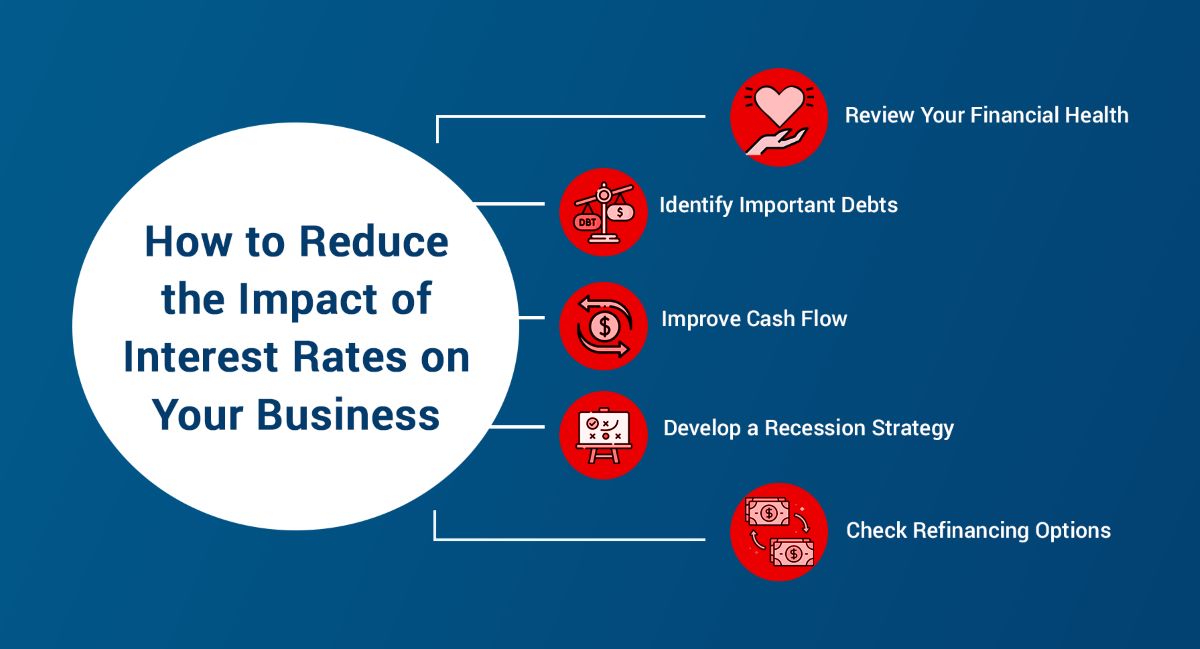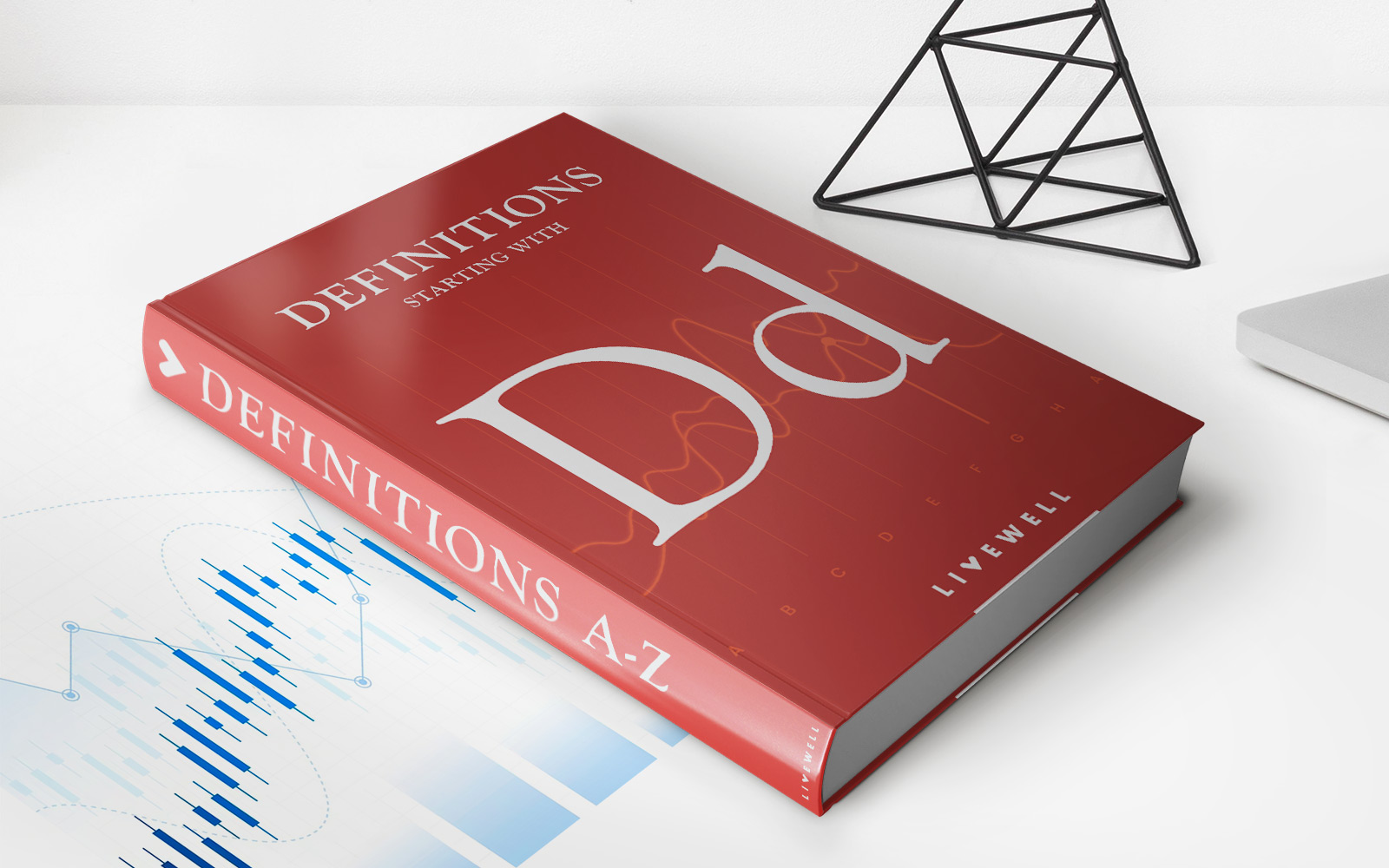

Finance
How Do Interest Rates Affect Pension Payouts?
Published: November 1, 2023
Learn how interest rates impact pension payouts and understand the financial implications. Explore the relationship between finance and pension payments.
(Many of the links in this article redirect to a specific reviewed product. Your purchase of these products through affiliate links helps to generate commission for LiveWell, at no extra cost. Learn more)
Table of Contents
Introduction
In the world of finance, interest rates play a crucial role in determining the financial health and stability of various sectors. One area where interest rates have a significant impact is pension payouts. Pension plans are an essential retirement savings vehicle that provides financial security to individuals during their post-employment years. The amount of pension payments individuals receive is influenced by several factors, with interest rates being one of the most significant.
Interest rates, set by central banks, affect the cost of borrowing, investment returns, and overall economic conditions. As interest rates rise or fall, the impact ripples through the economy, impacting asset values, inflation rates, and the cost of living. These changes also have an important effect on pension payouts.
In this article, we will explore how interest rates affect pension payouts and why individuals need to understand this relationship. We will delve into the various factors that influence pension payouts, including interest rate changes, and discuss strategies to mitigate the effects of interest rate fluctuations. By understanding the dynamics between interest rates and pension payouts, individuals can make informed decisions regarding their retirement savings and overall financial planning.
Understanding Pension Payouts
Pension payouts refer to the regular payments individuals receive from their pension plans during retirement. These payouts are typically based on individual contributions made to the pension plan over the course of their working years, as well as the investment returns earned by the pension fund. The goal of pension plans is to provide individuals with a steady income stream to support their living expenses after they retire.
There are various types of pension plans, including defined benefit (DB) plans and defined contribution (DC) plans. In a DB plan, the pension payout is based on a formula that considers factors such as the individual’s salary, years of service, and a predetermined benefit accrual rate. On the other hand, DC plans, such as 401(k) plans, rely on individual contributions and investment returns, with the eventual payout being determined by the account balance at the time of retirement.
The calculation of pension payouts is complex and involves several factors. Apart from individual contributions and investment returns, interest rates play a crucial role in determining the payout amount. The consistent and uninterrupted flow of income during retirement is crucial to ensure individuals can meet their financial obligations and maintain their quality of life.
Pension funds typically invest the accumulated contributions in a mix of assets, such as bonds, stocks, and real estate, with the aim of earning returns to sustain pension payouts. These investment returns are influenced by various factors, including economic conditions, market fluctuations, and interest rates.
Therefore, understanding how interest rates impact pension payouts is crucial for individuals who rely on these funds for their retirement income. The fluctuations in interest rates can have both positive and negative effects on pension payouts, which we will explore in the next section.
The Impact of Interest Rates on Pension Payouts
Interest rates have a significant impact on pension payouts. When interest rates rise, the value of bonds and other fixed-income investments, which are typically held in pension fund portfolios, tend to decrease. This decline in value affects the overall investment returns of the pension fund, ultimately reducing the amount available for pension payouts.
On the other hand, when interest rates fall, the value of bonds and fixed-income investments tend to increase. This can lead to higher investment returns for the pension fund, potentially resulting in larger pension payouts.
Interest rates also influence the discount rate used to calculate the present value of future pension obligations. A higher discount rate, which is derived from prevailing interest rates, lowers the present value of future pension payments. As a result, pension funds may have lower funding requirements, potentially impacting the amount of money available for pension payouts.
Moreover, interest rates affect the solvency of pension plans. When interest rates decline, the present value of future pension obligations tends to increase. This means that pension plans may need additional funding to meet their obligations, especially if investment returns are not sufficient. Consequently, some pension plans may struggle to remain financially stable, which could lead to reduced pension payouts or even pension plan adjustments.
It’s important to note that changes in interest rates can have a lagging effect on pension payouts. This is because pension funds typically use smoothing techniques to mitigate the impact of short-term interest rate fluctuations on pension payouts. Smoothing allows pension funds to spread out the effects of interest rate changes over time, avoiding sudden and drastic adjustments in pension payments.
Additionally, interest rates impact the annuity rates used to convert a pension fund balance into a lifetime income stream. High-interest rates generally result in higher annuity rates, increasing the amount of income individuals can receive from their pension fund. Conversely, low-interest rates lead to lower annuity rates and potentially reduce pension payouts.
Overall, interest rates have a direct and indirect impact on pension payouts. Fluctuations in interest rates can influence the investment returns of pension funds, the present value of future pension obligations, the funding requirements of pension plans, and the annuity rates used to convert pension fund balances.
In the next section, we will explore how interest rate changes can affect the funding of pension plans.
Interest Rate Changes and Pension Funding
Interest rate changes can have significant implications for the funding of pension plans. When interest rates decrease, the present value of future pension obligations tends to increase. This means that the amount of money required to fund pension liabilities rises. If the investment returns of the pension fund are not able to keep pace with the increase in liabilities, the pension plan may become underfunded.
Underfunding occurs when the value of the pension plan’s assets is not sufficient to cover the present value of its future obligations. When a pension plan is underfunded, it may face challenges in meeting its pension payout obligations to retirees. In such cases, the plan sponsor, which is usually an employer or a government entity, may need to inject additional funds into the pension plan to ensure that pension payments are made.
Conversely, when interest rates rise, the present value of future pension obligations tends to decrease. This can relieve some of the funding pressures on the pension plan, as the funding requirements may decrease. However, it’s important to note that interest rate changes alone do not entirely determine the funding status of a pension plan. Other factors, such as investment returns, contribution levels, and demographic factors, also play a significant role.
Pension funding also depends on the regulatory requirements imposed by governing bodies. Some jurisdictions have specific funding rules and regulations in place to ensure the financial stability of pension plans. These regulations often prescribe minimum funding levels that pension plans must meet to ensure the adequate provision of benefits to retirees.
Interest rate changes can pose challenges for pension plans with defined benefit (DB) structures. In DB plans, the pension payout is typically based on a formula that considers factors such as salary and years of service. Changes in interest rates can impact the pension plan’s ability to generate sufficient investment returns to meet these defined benefit obligations.
As a result, pension plans may need to make adjustments to manage the impact of interest rate changes on their funding. This can involve implementing different investment strategies, adjusting contribution levels, or exploring options to de-risk the pension plan’s investment portfolio.
In the following section, we will discuss the various factors that influence pension payouts, beyond just interest rate fluctuations.
Factors That Influence Pension Payouts
While interest rates play a significant role in determining pension payouts, several other factors come into play. Understanding these factors is key to comprehending the overall dynamics of pension payouts. Here are some important factors that influence the amount individuals receive as pension payments:
1. Age and Retirement Date
The age at which individuals begin receiving their pension and their chosen retirement date can impact the amount of their pension payouts. Some pension plans offer incentives for individuals who delay their retirement, resulting in higher pension payments. On the other hand, retiring early may lead to a reduction in pension payouts.
2. Salary and Years of Service
In defined benefit (DB) pension plans, the pension payout is often calculated based on an individual’s salary and years of service. Higher salary levels and longer tenure with a company generally lead to larger pension payouts.
3. Benefit Accrual Rate
The benefit accrual rate is a key factor in DB pension plans. It determines how much of an individual’s salary is used to calculate the pension benefit. A higher benefit accrual rate results in a larger pension payout.
4. Investment Returns
The investment returns earned by the pension fund can significantly impact pension payouts. When the pension fund earns higher returns, it has a positive effect on the fund’s assets, potentially leading to increased pension payments. Conversely, poor investment performance may result in lower pension payouts.
5. Inflation
Inflation is another crucial factor to consider. Pension payouts are often adjusted to account for inflation through cost-of-living adjustments (COLAs). COLAs help pension payments keep pace with the rising cost of living, ensuring that individuals maintain their purchasing power during retirement.
6. Mortality Rates
Mortality rates play a role in determining pension payouts in annuity-based pension plans. Annuities offer a fixed stream of income for life, and the amount of the payout is influenced by the life expectancy of the individual. Higher mortality rates can result in higher pension payouts.
7. Plan Design
The specific design of the pension plan also affects pension payouts. Different plans have varying formulas and benefit structures, which can lead to different payout amounts. Some plans may have provisions for early retirement, survivor benefits, or spousal benefits, all of which can impact the ultimate payout.
It’s important for individuals to consider these factors and understand how they interact with interest rates to determine their pension payouts. By having a comprehensive understanding of these influences, individuals can make informed decisions about their retirement planning strategies.
In the next section, we will explore strategies to mitigate the effects of interest rate fluctuations on pension payouts.
Strategies to Mitigate the Effects of Interest Rate Fluctuations on Pension Payouts
Interest rate fluctuations can have a significant impact on pension payouts, but there are strategies that individuals and pension funds can employ to mitigate the effects. Here are some strategies to consider:
1. Opt for Flexible Retirement Dates
By having flexible retirement dates, individuals can have more control over their pension payouts. They can choose to delay their retirement if interest rates are low, allowing more time for the pension fund to potentially generate higher returns.
2. Diversify the Investment Portfolio
Having a diversified investment portfolio within the pension fund can help reduce the impact of interest rate fluctuations. By investing in a mix of assets, such as stocks, bonds, and real estate, the pension fund can potentially mitigate the negative effects of declining interest rates on investment returns.
3. Consider Liability-Driven Investment Strategies
Liability-driven investment (LDI) strategies involve aligning the investment portfolio with the pension plan’s specific liabilities. These strategies aim to minimize the impact of interest rate changes on the pension fund’s funding status and better match assets with future pension obligations.
4. Implement Hedging Techniques
Pension funds can use financial instruments, such as interest rate swaps or options, to hedge against interest rate fluctuations. These tools can help mitigate the negative effects of interest rate changes on the value of the pension fund’s assets, reducing the potential impact on pension payouts.
5. Regularly Review Pension Plan Assumptions
It’s essential for pension funds and plan sponsors to regularly review and update assumptions regarding interest rates and other factors that influence pension payouts. This ensures that pension plans are accurately assessing the potential impact of interest rate fluctuations on funding requirements and pension payments.
6. Consider Pension Buyouts or Lump Sum Options
In some cases, pension plan participants may have the option to choose a lump sum payment or a pension buyout. These options can provide more flexibility and control over retirement savings, allowing individuals to potentially mitigate the effects of interest rate fluctuations on their pension payouts.
7. Seek Professional Financial Advice
Consulting with a financial advisor or retirement planner who specializes in pension planning can provide valuable insights and guidance on how to navigate the effects of interest rate fluctuations on pension payouts. They can assist in developing personalized strategies to minimize the impact and maximize retirement income.
By implementing these strategies, individuals and pension plans can take proactive steps to mitigate the effects of interest rate fluctuations on pension payouts. It’s important to remember that each pension plan is unique, and the appropriateness of these strategies may vary based on individual circumstances and risk tolerance.
In the concluding section, we will summarize the key takeaways regarding the relationship between interest rates and pension payouts.
Conclusion
Understanding the relationship between interest rates and pension payouts is crucial for individuals planning their retirement and pension fund managers alike. Interest rate fluctuations can have a significant impact on the financial health of pension plans and the amount individuals receive as pension payments.
Pension payouts are influenced by various factors, including interest rates, investment returns, salary levels, years of service, inflation, mortality rates, and plan design. It’s important to consider these factors holistically when evaluating the potential income during retirement.
Changes in interest rates can affect the funding status of pension plans, leading to potential underfunding or adjustments in pension payments. Pension funds can employ strategies such as diversifying investment portfolios, implementing liability-driven investment strategies, using hedging techniques, and regularly reviewing plan assumptions to mitigate the impact of interest rate fluctuations.
For individuals, choosing flexible retirement dates, considering pension buyouts or lump sum options, and seeking professional financial advice can help navigate the effects of interest rate fluctuations on pension payouts.
By staying informed and proactive, individuals can make informed decisions about their retirement planning, taking into account the dynamic nature of interest rates and their influence on pension payments. Pension fund managers can employ risk management strategies and closely monitor economic conditions to ensure the stability and sustainability of pension plans.
Ultimately, understanding the impact of interest rates on pension payouts empowers individuals to optimize their retirement income and live financially secure lives during their post-employment years.














